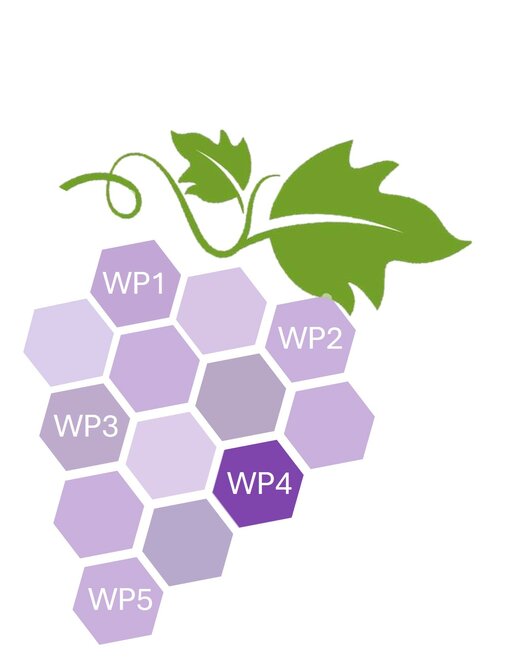
WP 4 - Data analyses and integration
WP4 will aim at analyzing and integrating data collected from WP2 and WP3. WP2 and WP3 will produce heterogeneous datasets including physiological and biochemical data, transcriptomics, ionomics and microbiomics. To ensure the synergy of the information collected and have the opportunity of gaining new insights into the main objective of this proposal, the data must be analyzed not only by discipline but also collectively. The progress of high-throughput and omics technologies have driven the development of tools to analyze the very big data generated and to integrate/correlate it with metadata and any physiological and biochemical data available. Noteworthy, the use of multivariate approaches represents a powerful way to explore big datasets and infer data distribution based on conditions/treatments. A different statistical pipeline was recently applied to study the Genotype x Environment (GxE) interactions in field-grown grapevines. The data-mining pipeline allows to summarize the most important relationships within the dataset, focusing on the quantitative impact of phenology, genotype, and environment (and interactions among them) on gene expression. Similar tools and statistical approaches will be explored in our project to integrate datasets and results, to disentangle the contribution of specific conditions (i.e., water regimes, and N fertilizations) to the observed physiological and molecular responses and identify the key players of said response (i.e., marker genes of water deficit and/or nutritional availability). Expected results: The integration of the physiological, biochemical, metabolic, multielemental and transcriptional information will pave the way to pinpoint specific responses and to select marker genes of water deficit and/or varying nutritional conditions in grapevine.
